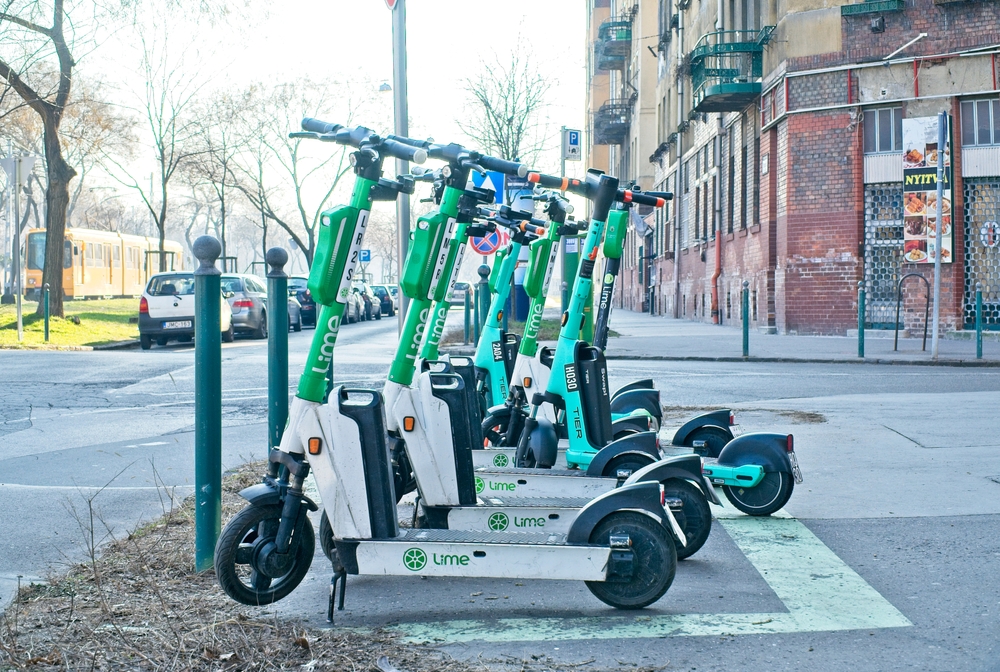Introduction:
The unrelenting pulse of city streets in the vibrant tapestry of urban life has spurred a search for creative answers to the enduring problems of traffic, pollution, and space limitations. There is a greater need than ever for efficient and sustainable transportation systems as urban populations grow and cityscapes change. The ideas of city cars and micro-mobility have arisen in this dynamic environment, changing the way that people think about urban mobility in the future. In this blog, we take a closer look at the cutting-edge worlds of city cars and micro-mobility and examine how they might help solve complex urban transportation issues. These ideas promise streamlined, environmentally friendly, and spatially conscious alternatives to everything from the cramped alleyways of historic cities to the tall skyscrapers of contemporary metropolises, signaling a paradigm shift in how we navigate and view urban environments. Let’s examine these ideas more closely to see how they function as change agents in the complex fabric of urban mobility.
- Micro-Mobility: A Paradigm Shift in Urban Transport
The term “micro-mobility” describes small, light vehicles intended for short trips inside cities. The goal of this creative strategy is to close the distance between walking and more conventional forms of transportation, such as cars and buses. Bicycles, electric skateboards, and electric scooters are just a few of the many micro-mobility options that are becoming more and more common in cities across the globe. Micro-mobility’smainbenefit is that it offers a convenient, economical, and environmentally responsible option for the first and last mile of a commuter’s trip. For instance, electric scooters are an environmentally friendly choice for short-distance transportation because they are not only effective but also help cut carbon emissions. Urbanites can now conveniently locate, unlock, and pay for micro-mobility vehicles with ease thanks to smartphone apps.
- City Cars: Redefining Urban Driving
City cars are lightweight, small cars made especially for negotiating the difficulties of city life. These cars offer an alternative to traditional cars, which are frequently unsuitable for congested city streets and scarce parking spaces, by putting agility and efficiency above sheer size. City cars frequently have electric powertrains, which is in line with the global trend toward environmentally friendly transportation. The idea of “city cars” responds to the changing demands of city dwellers who want convenience without sacrificing environmental responsibility. Not only are these cars more compact, but they also frequently have cutting-edge technology, which makes them ideal for quick city commutes. Furthermore, despite their small outside dimensions, city cars are made to have as much interior space as possible to ensure passenger comfort.

- Advantages of Micro-Mobility and City Cars:
Decreased Traffic Congestion: Offering effective substitutes for more conventional forms of transportation, city cars and micro mobility solutions help to lessen traffic congestion. These cars’ short frame and fast reflexes allow them to move through crowded city streets with ease.
Environmental Sustainability: City cars and micromobility both have electric powertrains, which help to lower greenhouse gas emissions. Cleaner urban air is greatly aided by these environmentally friendly transportation options, which are vital in cities’ pursuit of environmental sustainability goals.
Cost-Effectiveness: For short-distance transportation, micro-mobility options such as electric scooters and bicycles provide affordable options. For those who commute within cities, city cars offer an even more cost-effective option due to their compact size and lower fuel consumption.
Improved Accessibility: A wide range of users can easily access micro-mobility services because they frequently rely on smartphone apps. Because they are built for city living, city cars come with features such as easy parking and good navigation in crowded areas that improve accessibility.

- Challenges and Considerations
The burgeoning field of micro-mobility and city cars in the context of urban transportation demands a careful recognition of potential obstacles. Safety is the top priority, necessitating strict procedures to reduce the risks connected to these cutting-edge forms of transportation. To control their operation and guarantee adherence to safety standards, it is imperative that explicit regulatory frameworks be established. Careful planning is necessary for a seamless integration with the current transportation systems in order to minimize interruptions and maximize efficiency. Furthermore, the effectiveness of these solutions depends on the development of a strong infrastructure. This includes designing lanes specifically for the special movement patterns of micro-transportation and installing public charging stations for city cars, which together create an environment that is essential to the general uptake and long-term success of these vehicles in revolutionizing urban mobility.
Conclusion
In summary, the emergence of city cars and micro-mobility portends a radical change in the way people get around in cities. These innovations hold the key to solving the complex problems of traffic and environmental impact that beset our cities, in addition to offering efficient and sustainable alternatives to conventional modes of transportation. The assimilation of micro-mobility and city cars into current transportation frameworks, as urban landscapes change, becomes a beacon of progress, pointing to a future where accessibility, interconnectivity, and cleanliness characterize urban mobility. Collaboration between legislators, urban planners, and tech developers is essential to realizing this vision. Through working together, we can create a cohesive strategy that will change the way cities move and bring in a new era of clean, easily accessible, and seamlessly connected urban living.

